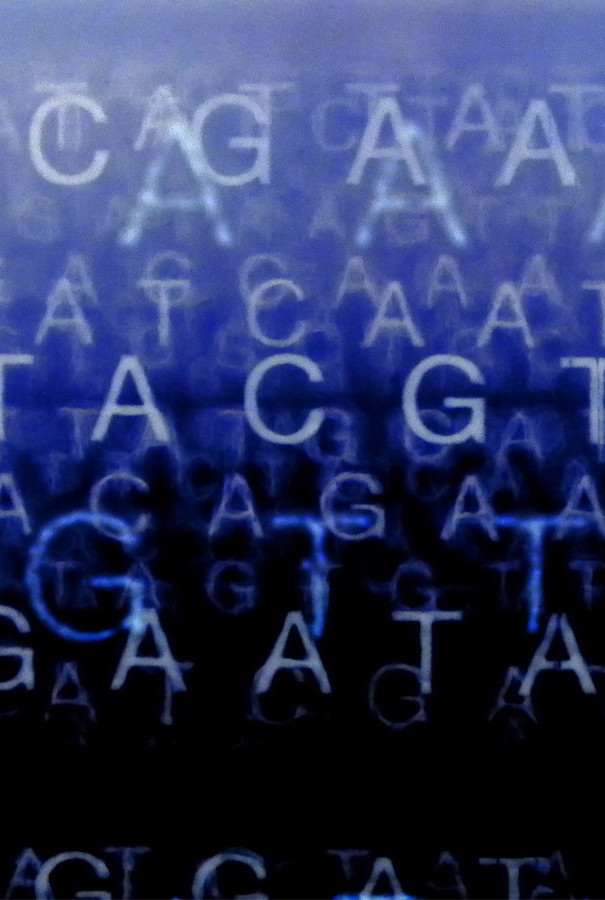RNA Technologies aims to study RNA to fundamentally understand biology, and so to find druggable pockets in the molecular processes of cells. Bioinformatics and computational tools in general are already the hallmark of IIT’s research on RNA. Several research pipelines have been implemented and are used daily at IIT. RNA therapeutics will take advantage of the studies developed at CMP3VdA and the Joint Labs with several clinical partners as the Gaslini Children’s Hospital and the San Martino Hospital in Genoa.
Following our recent translational research on RNA and genomics, we expect to deliver: 1) knowledge about the regulatory mechanisms of RNA in the context of human disease, with a focus on neurodegenerative and neoplastic diseases; 2) generation of a robust IP portfolio in diagnostic and therapeutic applications; and 3) at least one RNA-based product ready for clinical experimentation. The ambition of the RNA Technologies Program is to drug the undruggable.

